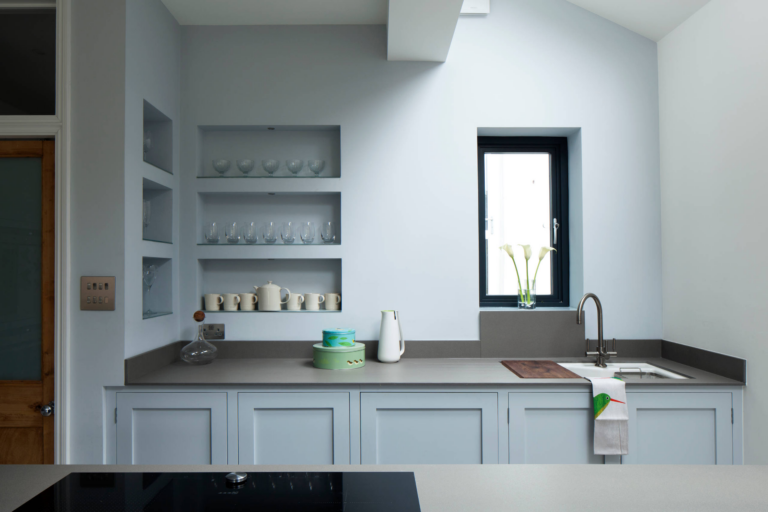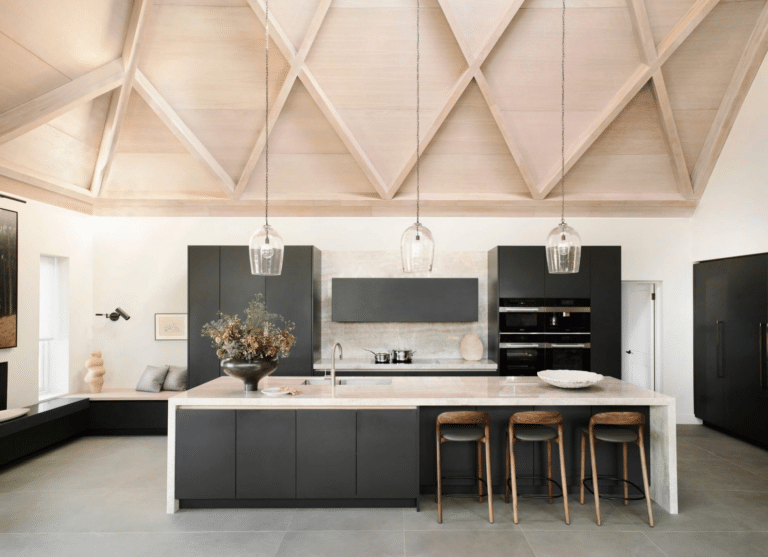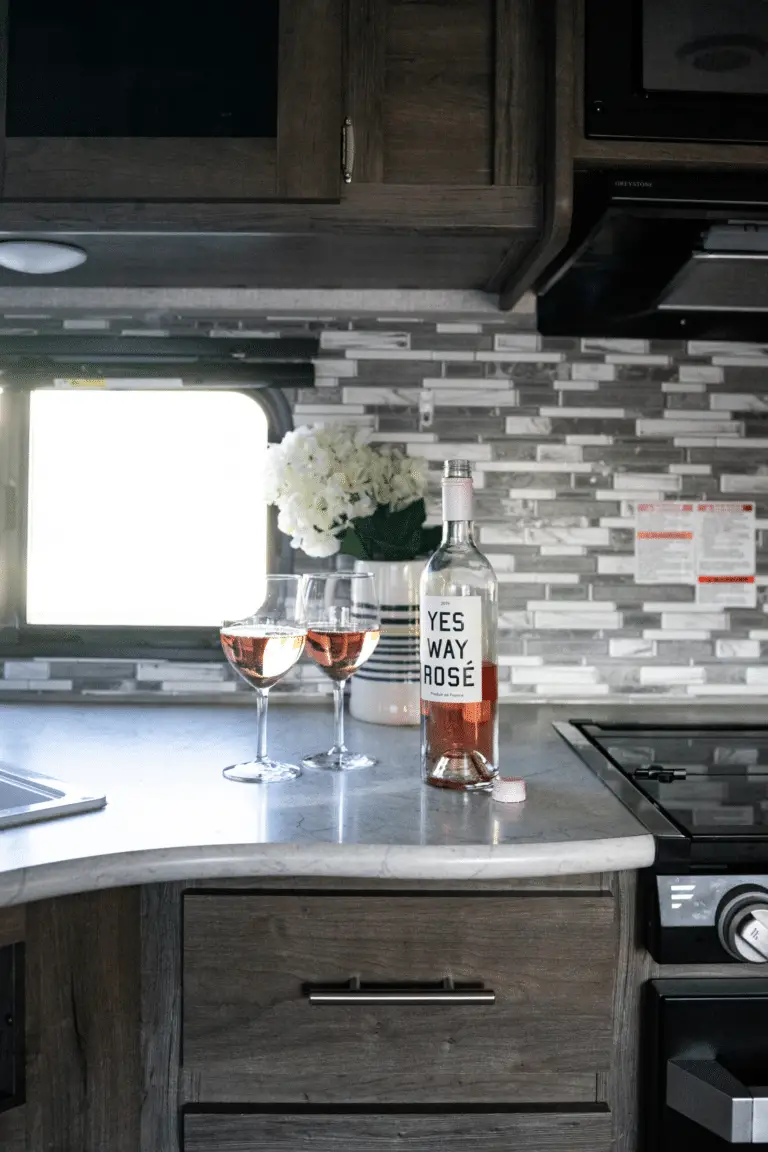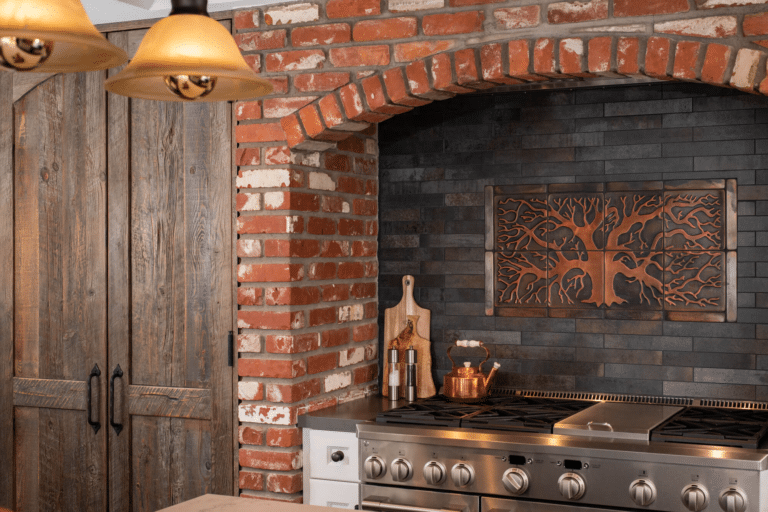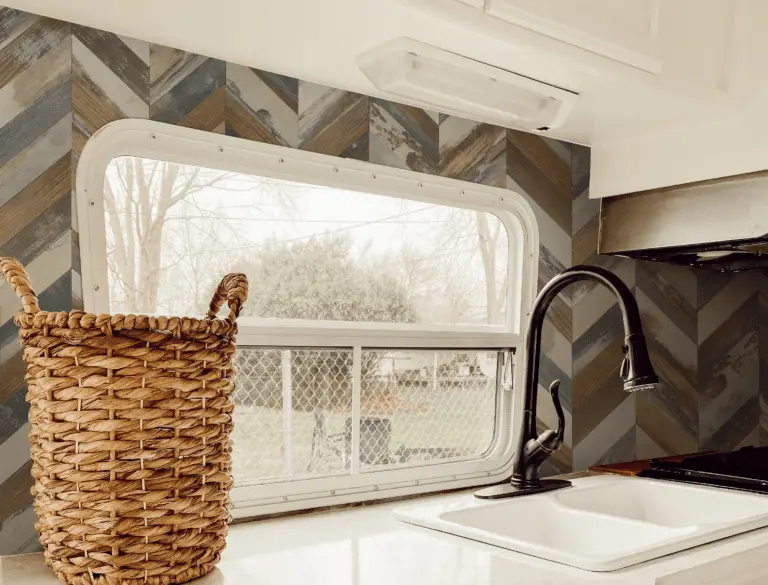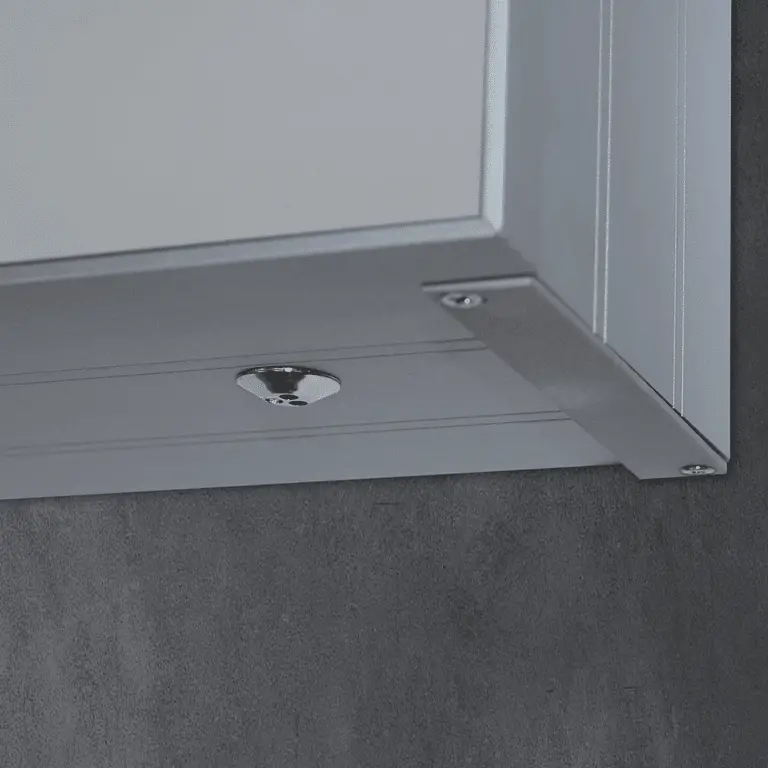Ready to elevate your kitchen design game? Dive into the world of kitchen backsplash standards with our latest blog post! Discover the importance of backsplashes in home design and learn about the standard measurements to ensure a perfect fit.
From determining the standard height to adjusting based on design trends and personal preferences, we’ve got you covered. Plus, get expert tips on properly measuring and installing your kitchen backsplash. Don’t miss out on creating the kitchen of your dreams with the perfect standard height of a kitchen backsplash!
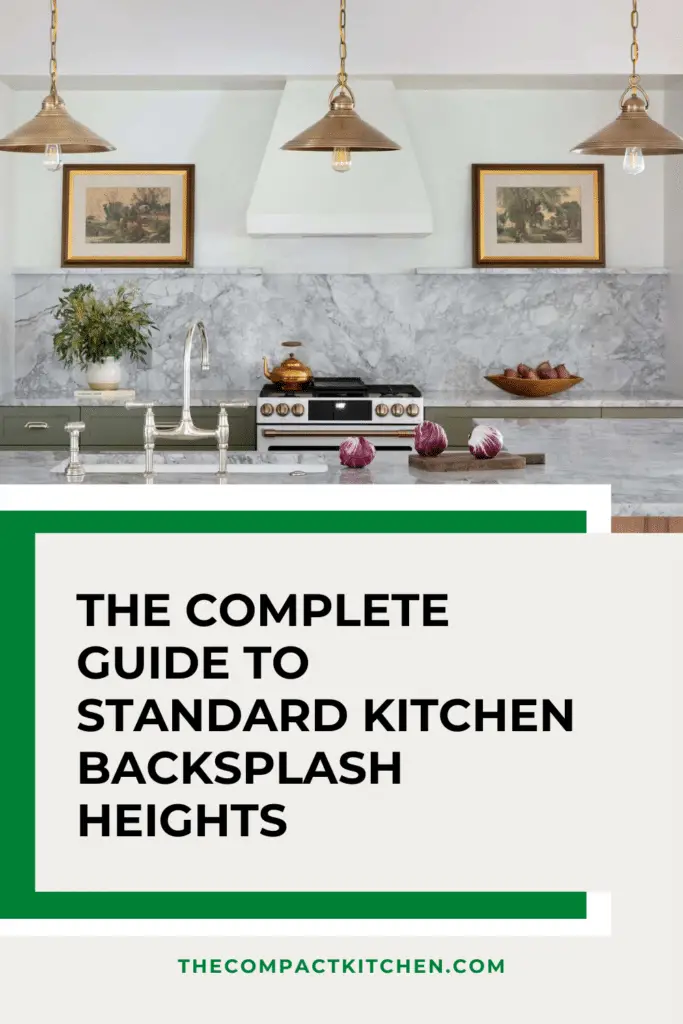
Introduction to Kitchen Backsplash Standards
When it comes to kitchen design, the backsplash plays a crucial role in both aesthetics and functionality. Not only does it protect your walls from splashes and spills, but it also has the power to tie together the entire look of your kitchen. Understanding the standard height of a kitchen backsplash is essential in creating a cohesive and visually appealing space.
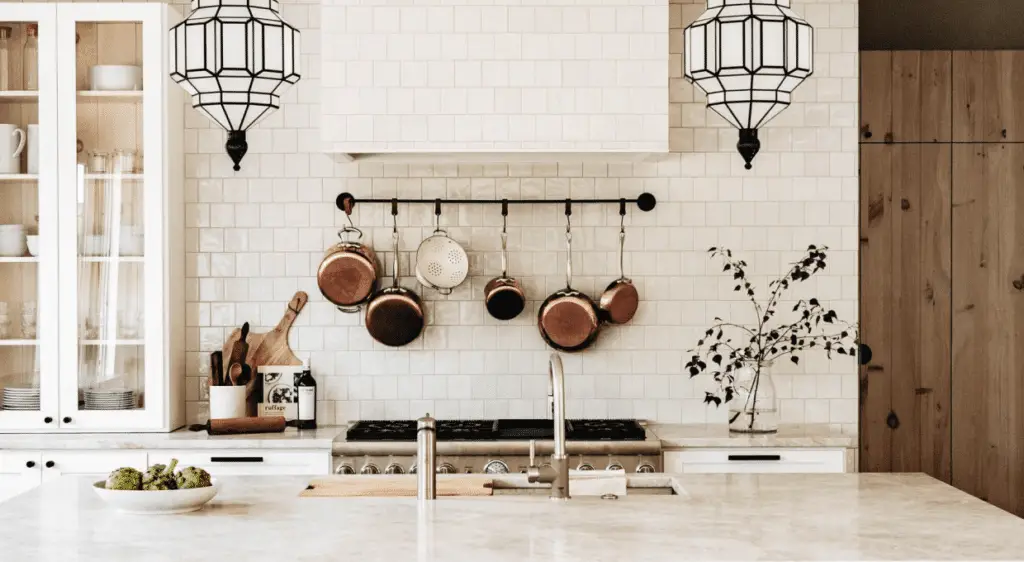
So, what exactly is the standard height of a kitchen backsplash? Typically, it is recommended to have the backsplash start at the countertop and extend up to the bottom of the upper cabinets, which is usually around 18 inches. This measurement ensures that the backsplash effectively shields your walls while seamlessly blending with the rest of the kitchen elements.
But why does the height of the backsplash matter? Well, apart from its practical purpose of keeping your walls clean, the backsplash height impacts the overall look and feel of your kitchen. It can make your space appear larger or smaller, depending on the choices you make. Additionally, the height of the backsplash can also affect the visual flow of your kitchen design.
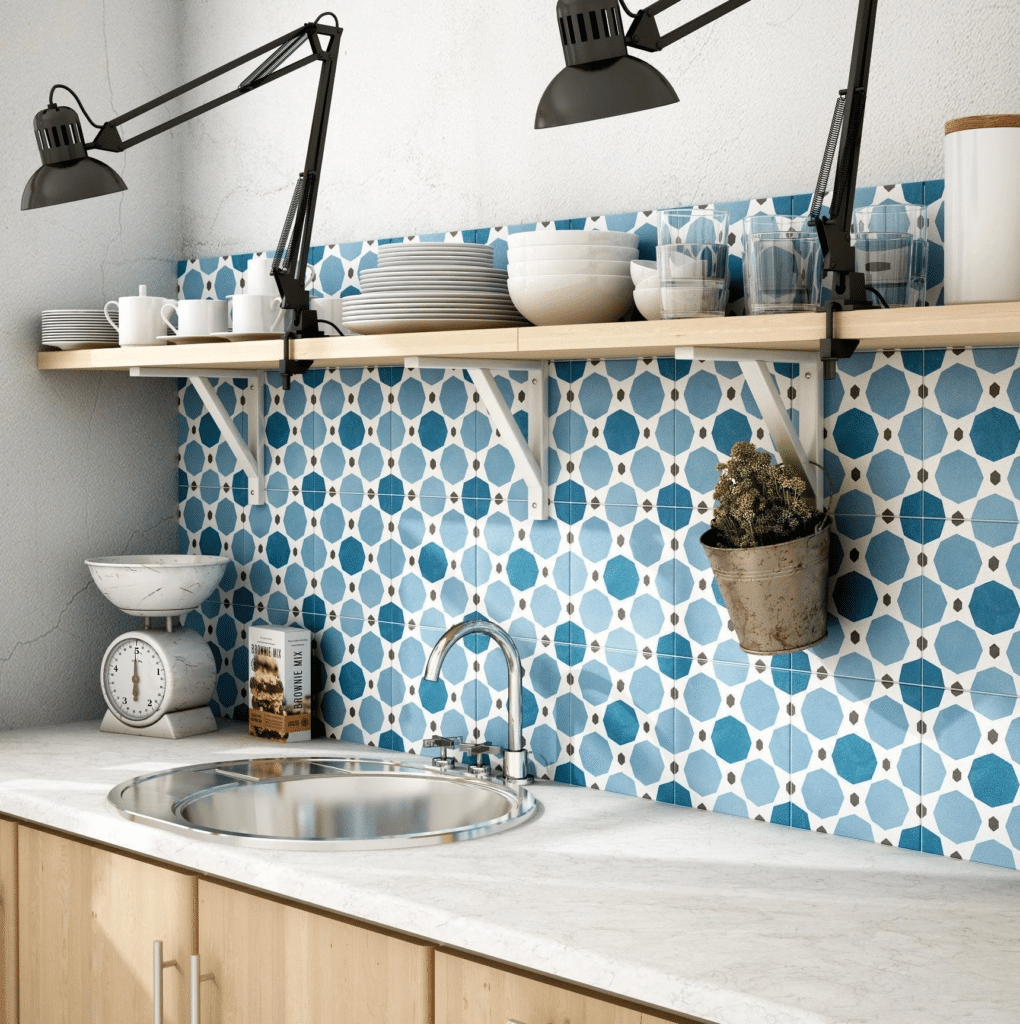
As you dive into the world of kitchen backsplashes, keep in mind that the standard height is just the starting point. Factors such as the material of your countertops, the size of your sink, and the available wall space should also be taken into consideration when determining the perfect height for your backsplash.
Diving Deeper into Backsplash Height Importance
While the standard 18-inch height is a common choice, it is crucial to understand how various elements in your kitchen can impact this measurement. From the type of material used for your countertop to the specific layout of your kitchen, each factor plays a role in determining the optimal height for your backsplash.
Determining the Standard Height of a Kitchen Backsplash
When it comes to designing a kitchen, the backsplash plays a crucial role in both aesthetics and functionality. One key aspect to consider is the standard height of the kitchen backsplash, as it can impact the overall look and feel of the space. Typically, the standard height of a kitchen backsplash is around 18 inches from the countertop to the bottom of the upper cabinets. This measurement is widely accepted in the industry as a practical and visually appealing choice.
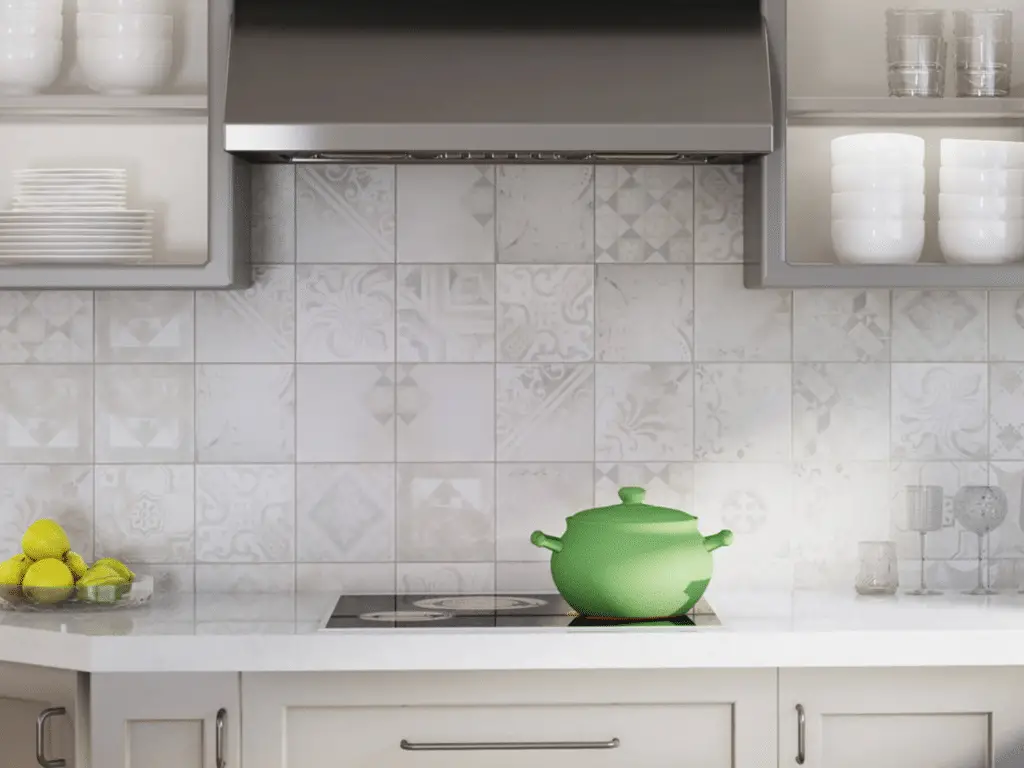
Now, let’s delve into how various factors can influence the decision-making process when determining the standard height of a kitchen backsplash. One significant factor to consider is the material of the countertop. Different countertop materials, such as granite, quartz, or butcher block, can impact the optimal height of the backsplash. For example, a thicker countertop may require a higher backsplash height to ensure proper coverage and protection against splashes. On the other hand, a thinner countertop may dictate a lower backsplash height to maintain visual balance.
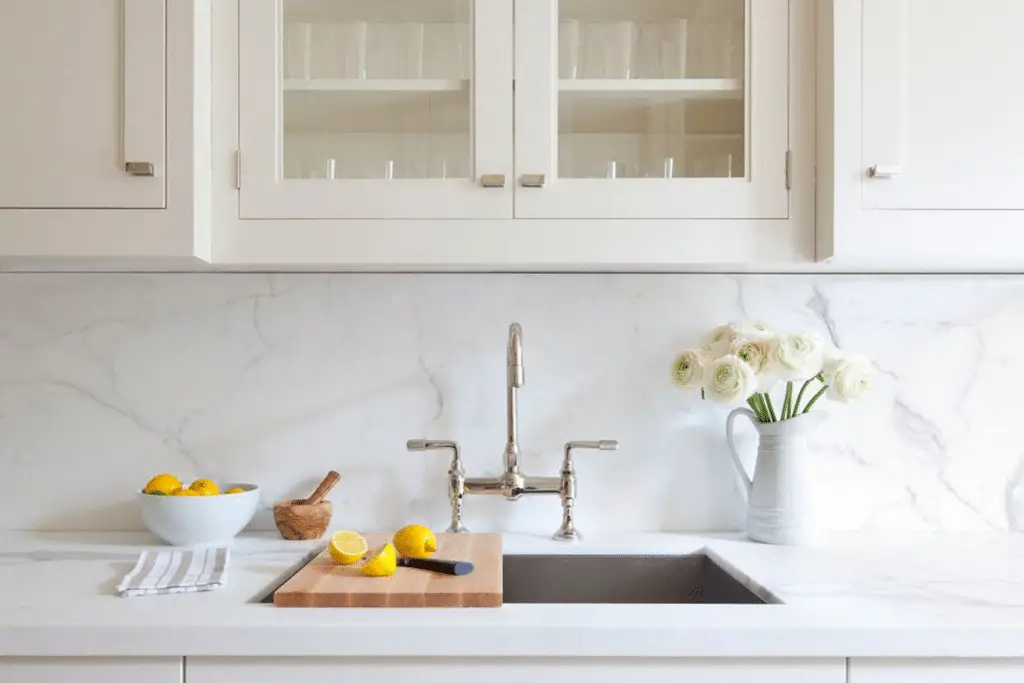
Additionally, the size of the sink in relation to the backsplash height is another crucial consideration. A larger sink may necessitate a higher backsplash to prevent water from splashing onto the walls, while a smaller sink could allow for a lower backsplash height without compromising functionality. It’s essential to strike a balance between practicality and design aesthetics when making these decisions.
Factors Influencing Backsplash Height Choice
Furthermore, the amount of wall space available in the kitchen can also impact the standard height of the backsplash. If there is limited wall space between the countertop and upper cabinets, a standard 18-inch backsplash may not be feasible. In such cases, adjustments may need to be made to accommodate the space constraints while still maintaining the functionality of the backsplash.
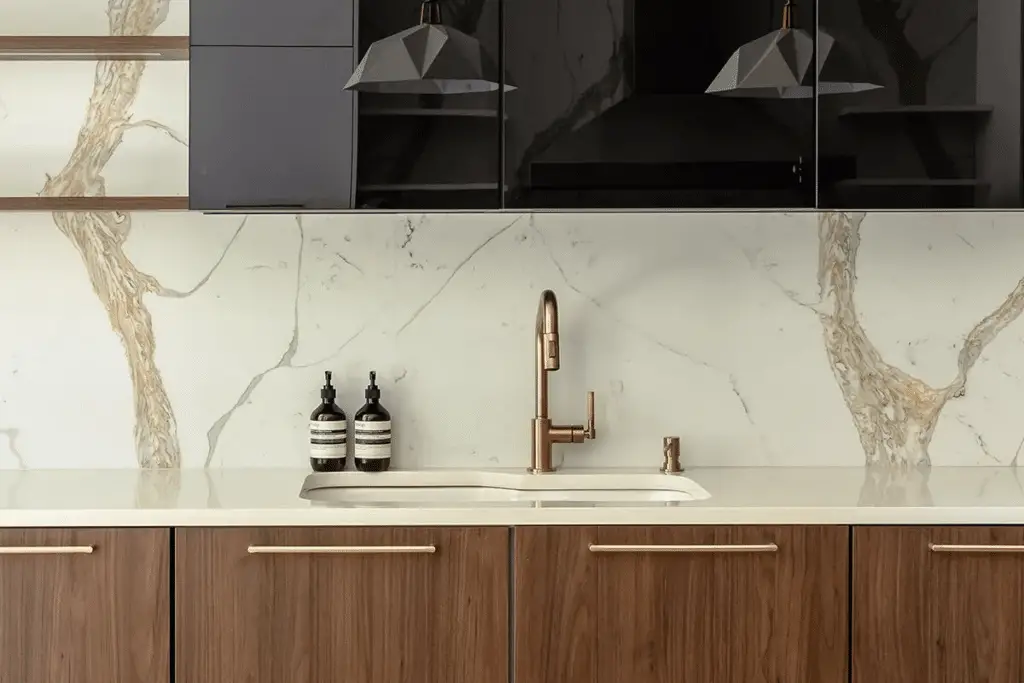
Considering all these factors, it’s clear that the standard height of a kitchen backsplash is not a one-size-fits-all solution. Designers and homeowners must carefully assess their specific needs and preferences to determine the optimal height for their backsplash. By taking into account countertop material, sink size, and wall space, they can make an informed decision that enhances both the aesthetics and functionality of their kitchen.
Impact of Design Trends on Kitchen Backsplash Height
When it comes to designing the perfect kitchen, every detail counts – including the height of your backsplash. While there are standard measurements to guide you, design trends can have a significant impact on the overall look and feel of your space. Let’s dive into how different design styles and trends can influence the standard height of your kitchen backsplash.
Full-Wall Backsplash Trend and Height Adjustment
One of the most popular design trends in recent years is the full-wall backsplash. This trend involves extending the backsplash all the way up to the ceiling, creating a seamless and striking visual effect. While the standard height for a kitchen backsplash is typically around 18 inches from the countertop to the bottom of the upper cabinets, the full-wall trend challenges this norm.

By extending the backsplash to the ceiling, you can create a sense of continuity and add a touch of drama to your kitchen space. This trend can make the room appear larger and more cohesive, especially in open-concept layouts. However, it’s essential to consider the overall aesthetic and functionality of your kitchen when deciding whether to adopt the full-wall backsplash trend.
Blending Aesthetics with Functionality
When considering the impact of design trends on backsplash height, it’s crucial to strike a balance between aesthetics and functionality. While a full-wall backsplash may look stunning and on-trend, it may not be practical for every kitchen. Factors such as the size of your kitchen, the layout of your cabinets, and the presence of windows or other architectural features can all influence the decision to deviate from the standard height.
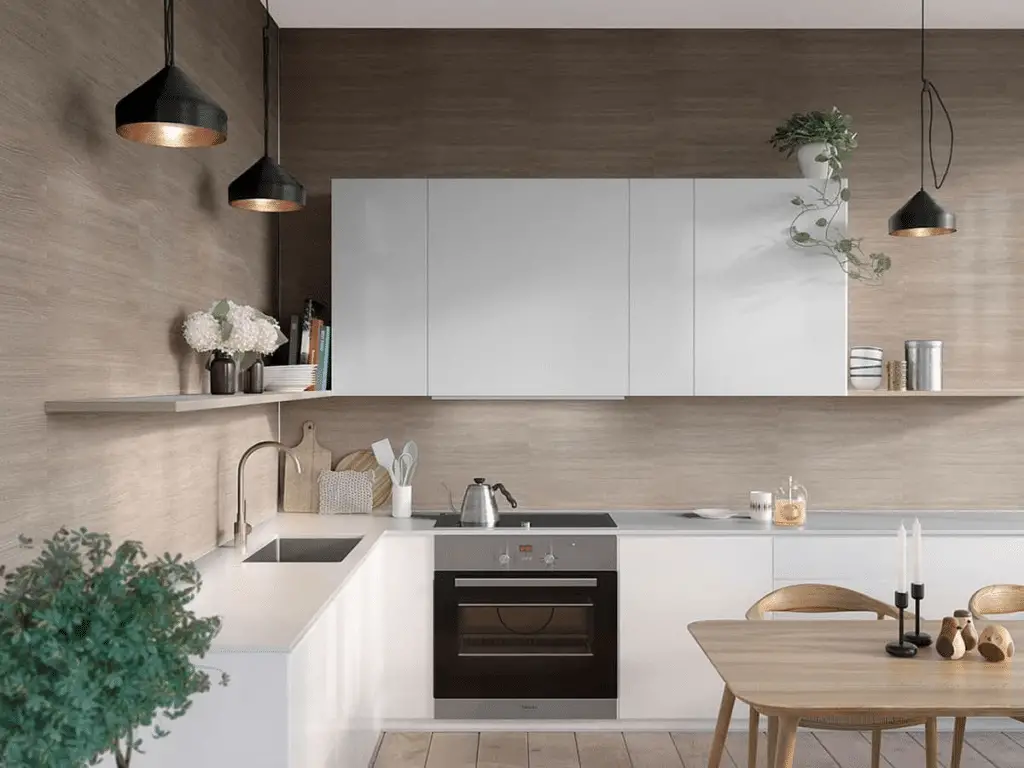
Ultimately, your backsplash height should complement the overall design of your kitchen while also serving its practical purpose of protecting your walls from splashes and spills. Don’t be afraid to experiment with different heights and styles to find what works best for your space.
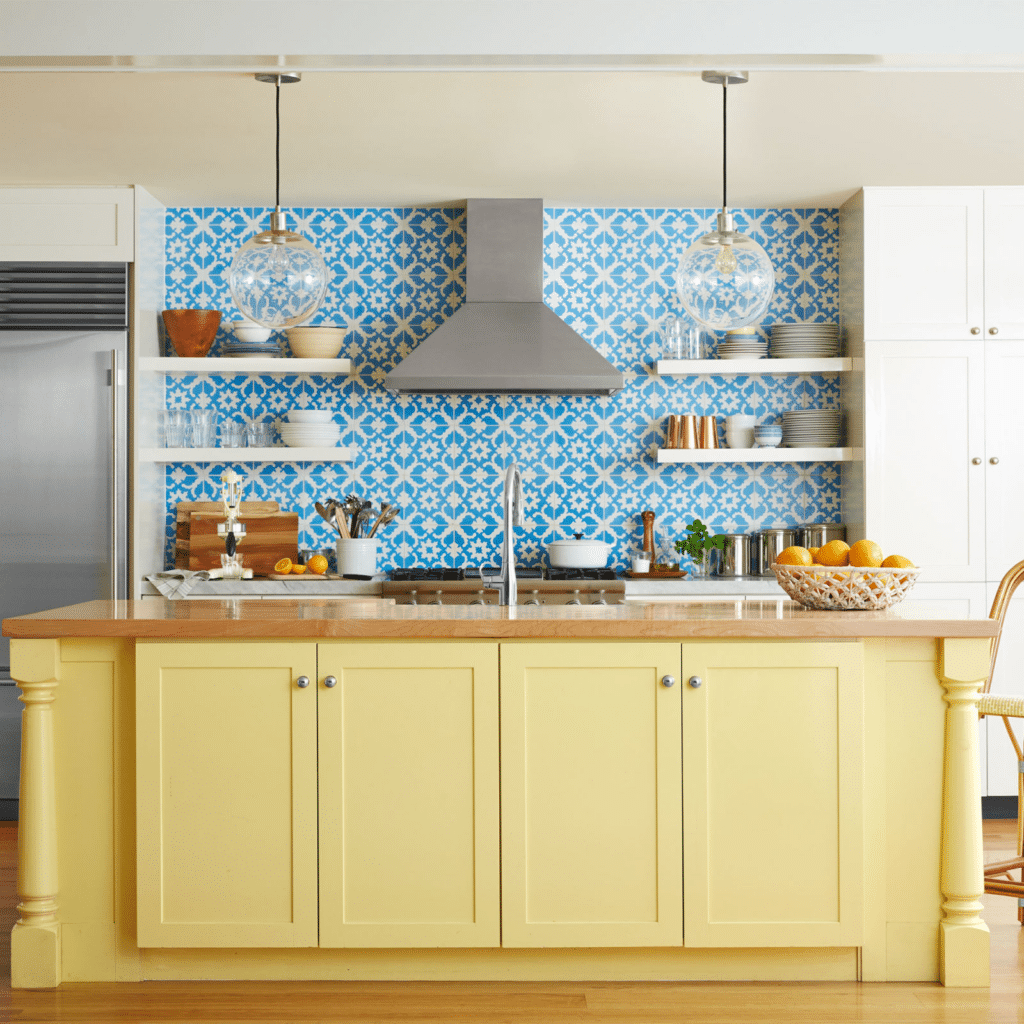
In conclusion, design trends can have a significant impact on the standard height of your kitchen backsplash. Whether you choose to embrace the full-wall backsplash trend or stick to a more traditional look, consider how these trends will influence the overall aesthetic and functionality of your kitchen space. By staying informed and exploring different options, you can create a kitchen that not only looks great but also works seamlessly for your lifestyle.
Consideration Factors for Adjusting Backsplash Height
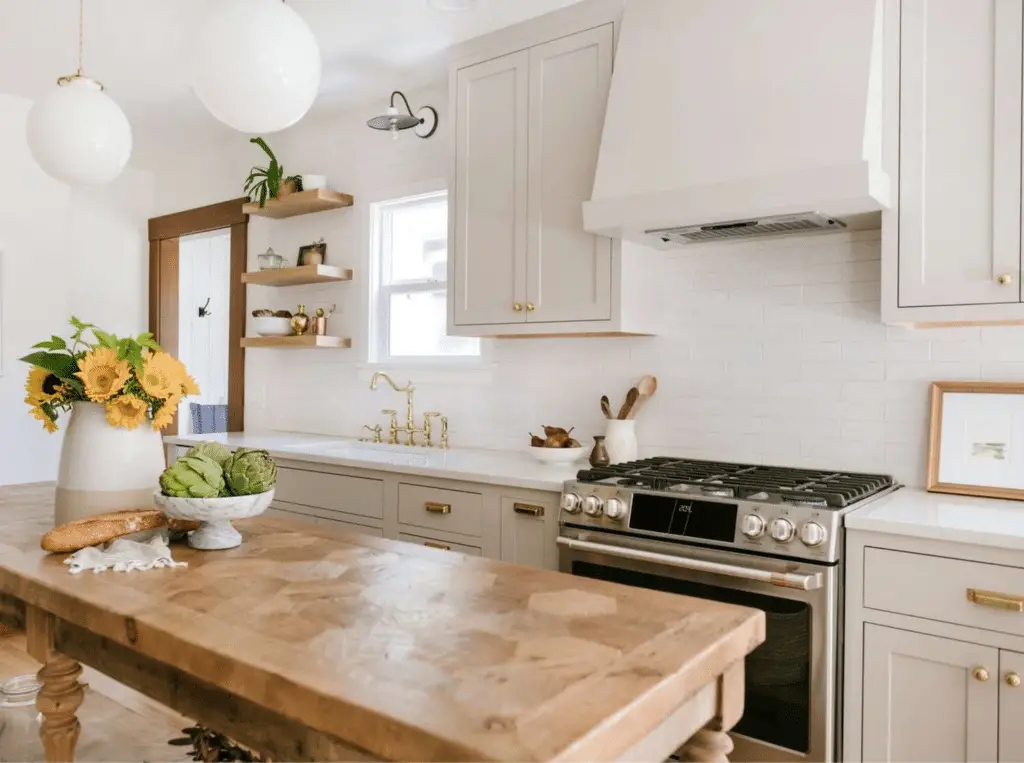
When it comes to designing your kitchen, the standard height of your backsplash may not always be the perfect fit for your space. There are various factors to consider when deciding whether to stick with the traditional 18-inch height or make adjustments to better suit your needs and style.
1. Kitchen Layout and Configuration
The layout of your kitchen plays a significant role in determining the ideal height for your backsplash. If you have a unique layout with non-standard features such as high ceilings or unconventional cabinetry, sticking to the standard height may not provide the cohesive look you desire. In such cases, adjusting the height to create a balanced and visually appealing design might be the right choice.
2. Personal Style and Preferences
Personal style is another crucial factor to consider when deciding on the height of your kitchen backsplash. If you have a specific design aesthetic that you want to showcase, such as a bold pattern or a standout material, adjusting the height to highlight these elements can elevate the overall look of your kitchen. Your backsplash should complement your style and serve as a focal point in the space.
3. Specific Needs and Functional Considerations
Functionality is equally important when determining the height of your backsplash. For example, if you frequently use your kitchen for messy cooking tasks that result in splatters and spills on the wall, opting for a higher backsplash can provide better protection and easier cleanup. Additionally, if you have specific needs such as accessibility requirements or ergonomic considerations, adjusting the height to accommodate these factors is crucial for creating a functional and comfortable kitchen space.
Ultimately, the decision to deviate from the standard height of your kitchen backsplash should be based on a combination of factors including kitchen layout, personal style, and functional needs. By carefully considering these factors and making adjustments as necessary, you can create a backsplash that not only looks great but also enhances the overall functionality and usability of your kitchen.
How to Properly Measure and Install a Kitchen Backsplash
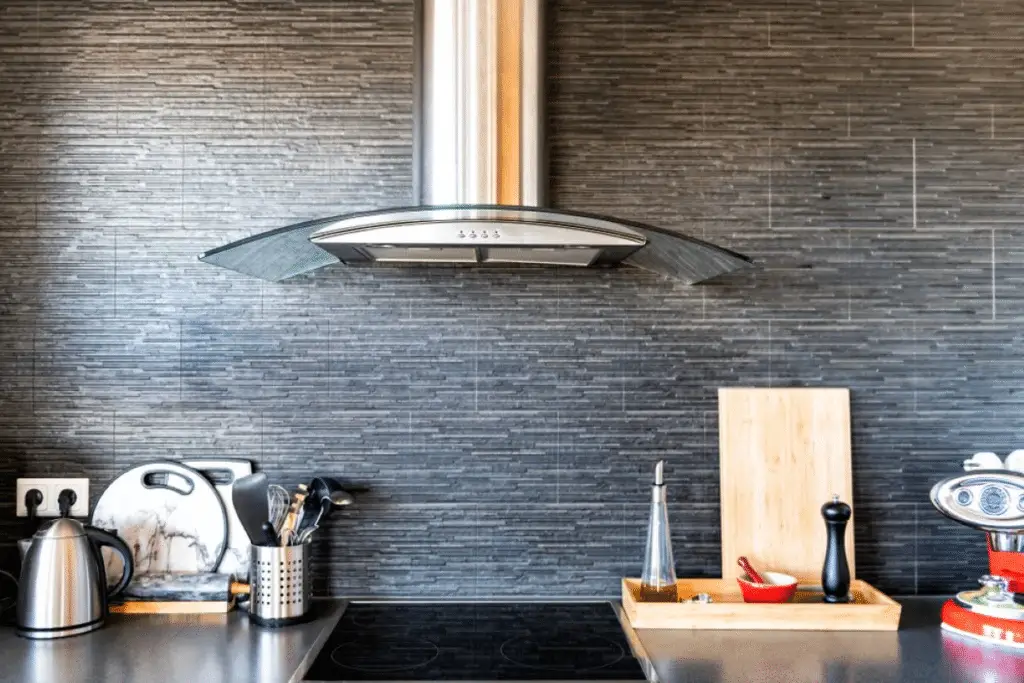
When it comes to giving your kitchen a fresh and stylish look, the backsplash plays a crucial role. Not only does it protect your walls from spills and splatters, but it also adds a touch of personality to your space. However, to achieve the perfect balance of aesthetics and functionality, it’s essential to measure and install your kitchen backsplash correctly.
Step 1: Measure the Right Height
The first step in ensuring a successful backsplash installation is determining the correct height. While the standard height for a kitchen backsplash is typically around 18 inches from the countertop to the bottom of the upper cabinets, several factors can influence this measurement.
Consider the material of your countertop – for example, a sleek and modern material like quartz may call for a higher backsplash for a cohesive look. Additionally, if you have a deep sink or limited wall space, you may need to adjust the height accordingly. Remember, the goal is to create a seamless transition from the countertop to the cabinets while still protecting your walls.
Step 2: Preparation and Installation
Once you have determined the appropriate height for your kitchen backsplash, it’s time to prepare for installation. Start by gathering all the necessary materials, including tiles, grout, adhesive, spacers, and tools like a tile cutter and trowel.
Before you begin, make sure your walls are clean, dry, and free of any debris. If needed, apply a primer to ensure proper adhesion. Then, starting from the center of the wall, begin applying adhesive and laying your tiles in a pattern of your choice. Use tile spacers to maintain consistent spacing between tiles and ensure a professional finish.
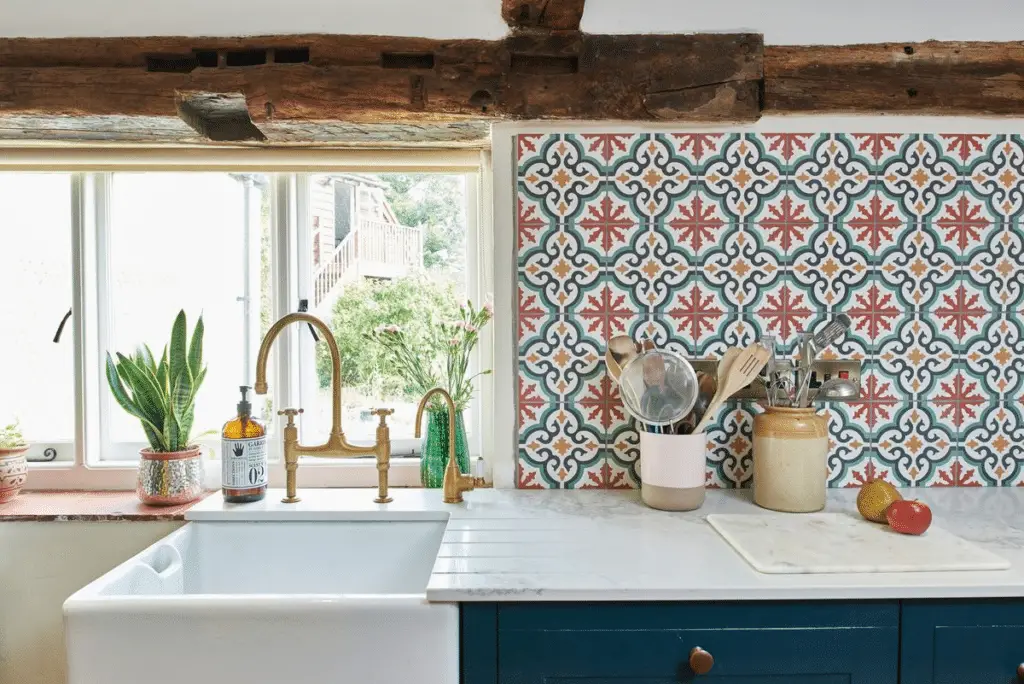
As you work your way up the wall, periodically check the height to ensure you are staying true to your initial measurements. Adjust as needed to maintain a uniform look. Once all the tiles are in place, allow the adhesive to dry completely before grouting the tiles to seal and finish the installation.
By following these steps and taking the time to measure and install your kitchen backsplash correctly, you can achieve a stunning and practical addition to your space. Remember, the key is to find the right balance between aesthetics and functionality to create a backsplash that enhances your kitchen’s overall design.
Crowning the Backsplash: Why Standard Height Matters!
In the world of kitchen design, the standard height of a backsplash reigns supreme at 18 inches. It’s not just a number, it’s the key to a seamless and functional kitchen! Trends may tempt you to go higher or lower, but remember, the standard is tried and true for a reason. So, measure twice, install once, and let your backsplash take its rightful place as the crown jewel of your kitchen!



